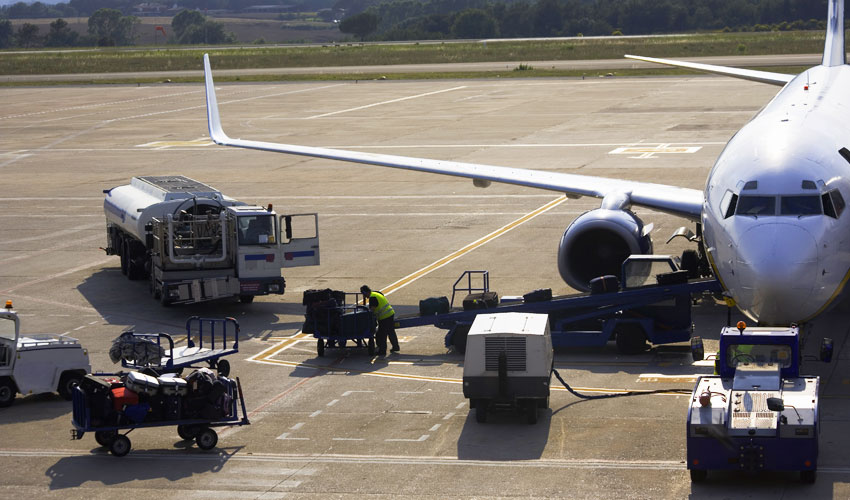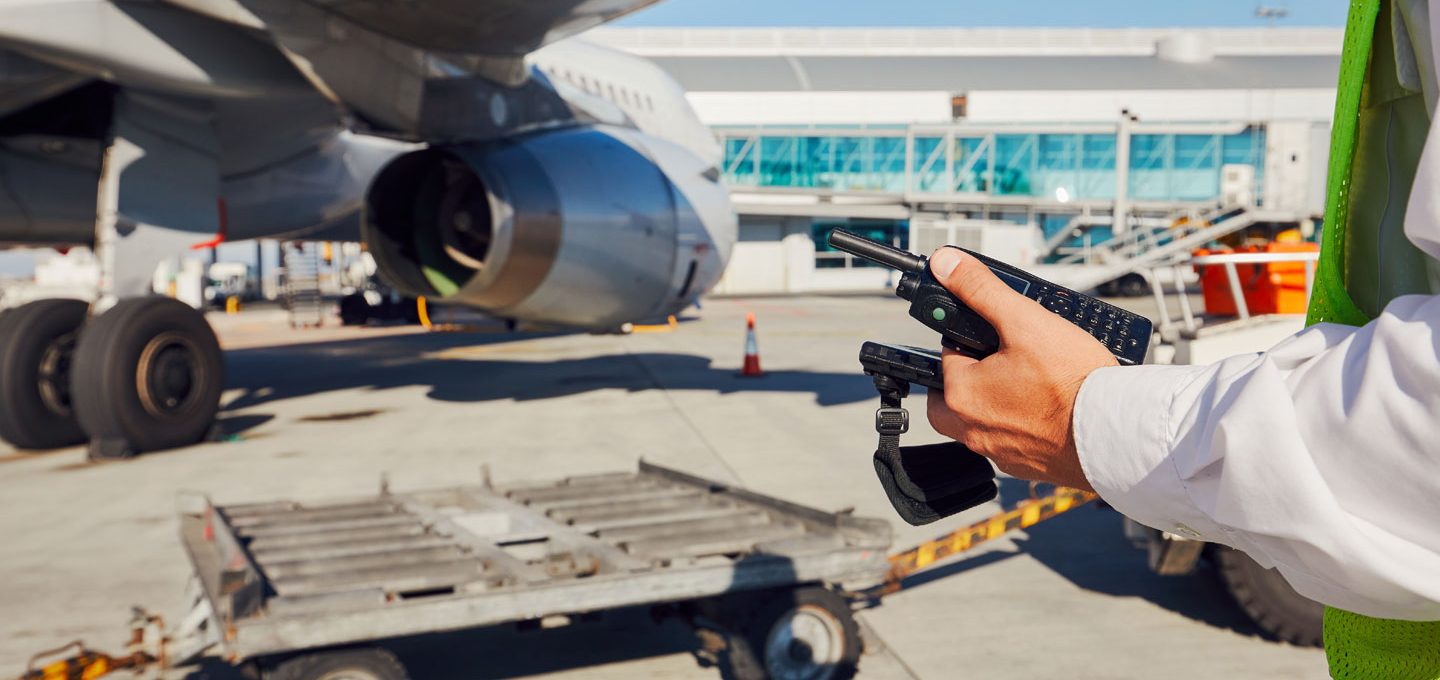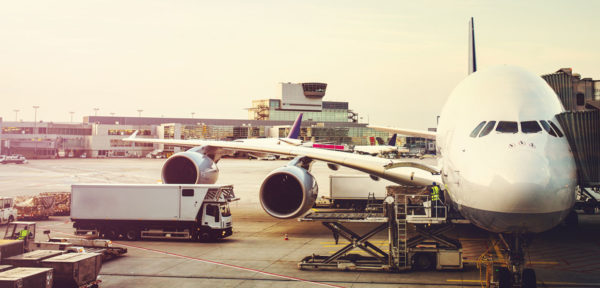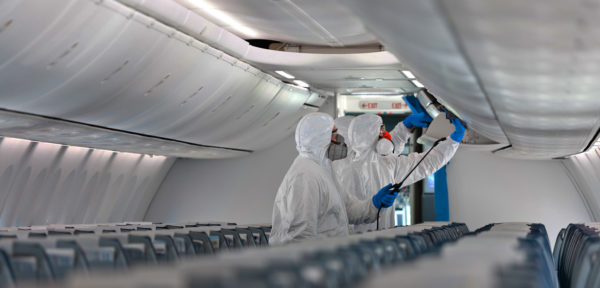With summer travel booming, we see the voracity with which passengers are taking to the skies. Although high traffic volumes are a good reason for aviation entities to rejoice, this is again evidence of how severe the qualified ground handling labor shortage remains. According to Oxford Economics, the industry has lost over 2.3 million jobs since 2019. The massive staff reductions during the pandemic led to a recruitment and retention crisis further exacerbated by spiraling inflation and economic pressures. While some aviation workers found new jobs during the pandemic, others came back aiming at better working conditions. Attracting new workers to an industry known for long hours and physically demanding work is particularly challenging.
Today, pilot shortages seem to have been covered widely. However, less focus has been placed on the ground handling problem, in particular, the deficit in aircraft mechanics. According to Naveo Consulting, the aviation industry was projected to spend an estimated $84 billion in aircraft maintenance, repair and overhaul (MRO) operations. Moreover, leading U.S. aircraft manufacturer Boeing forecasted the global industry’s need for 626,000 new maintenance technicians over the next two decades.
For the myriad of ground handling tasks that must be performed for each flight, it is critical that aviation companies begin adopting new strategies to address the insufficient supply of skilled manpower.
Ground handling labor shortage set to be a continued issue
Aviation´s ground handling labor shortage problem is not expected to go away anytime soon. A survey conducted by IATA found that 37% of ground handling professionals anticipated staffing shortages until the end of 2023 and beyond, and 60% felt they didn’t have enough qualified staff to ensure smooth operations. Furthermore, 27% of respondents feared that their current employees would leave soon. The losses of vacant positions due to the ground handling labor shortage are estimated by the Aerospace Industries Association (AIA) to cost companies $20,- 640 per month for each vacant position.
The panorama seems challenging at airports across the globe. A panel of transport ministry experts who convened in Japan reported that 61 major airport ground handling companies had approximately 21,600 employees in December 2022 which was 20% fewer than prior to the pandemic in March 2019.
Viewed on a more national basis, we’re seeing just how acute the labor shortage has been and its ripple effects. Here are just two examples:
- In China, airlines and airport ground handling companies are having difficulty agreeing on contracts to increase the number of international flights at Shin-Chitose Airport.
- Schiphol Airport in Amsterdam and London’s Gatwick Airport have had to reduce flights and limit the number of passengers during peak travel seasons.
In the face of aviation labor market projections, decisions have to be made in order to find the light at the end of the tunnel.
Having the right staff at the right place and time is key for successful ground operations.

3 Measures to Address the Ground Handling Labor Shortage
1. Greater Focus on Staff Development and Well-being
Technological innovation is making huge steps in the industry. It often requires upskilling or reskilling of staff which should be properly planned by aviation companies. For instance, the need to develop certain specific skills to interact with technologies including Artificial Intelligence (AI) / Machine Learning (ML) algorithms. Depending on the job, “soft skills” such as interpersonal skills and adaptability should also be fostered particularly among personnel with customer contact such as those providing assistance to Passengers with Reduced Mobility (PRM) in order to offer a personalization to their experience, as well as solve any problems.
To develop new skills in existing staff and attract new workers to help combat the ground handling labor shortage, aviation companies should be considering new methods of training that will accommodate more individuals’ schedules and appeal to the younger generations. Providing online virtual training programs accessible on a 365/24/7 basis is one way to make training more convenient, less time-consuming than having to travel to in-person classes, and more appealing, especially to the younger digitally-inclined generations. Many of these programs provide access to the expertise and insights of experienced ground handling workers which they can draw on in their new or expanded roles. For aviation companies, online training programs are far more cost-effective and less disruptive to operations than having to send staff to external training facilities.
Last but not least, a very important aspect that should remain in focus is staff´s well-being and health. The pandemic highlighted the importance, for instance, of mental health. Commitment to social sustainability and well-being programs is key to keeping the workforce strong and motivated.
2. Fostering Technological Innovation and Collaboration to Support Operations
In addition to developing new training initiatives, aviation companies need to continue moving away from- outdated legacy systems and toward digitalization. By leveraging today’s advanced technologies such as AI, ML, and predictive analytics, companies can automate processes which enable them to then reallocate staff to higher-level roles in ground handling where their skills and expertise are most needed. By collaborating with experienced, qualified solution providers, companies can mitigate some of the challenges brought on by the ground handling labor shortage.
At the CAPA Asia Aviation Summit, Star Alliance CEO Jeffrey Goh commented that the industry should be aware that human capital will not return to pre-pandemic levels and therefore, the focus must be placed on new technologies to facilitate tasks such as aircraft boarding. He also stressed the importance of building alliances to help address the skills gap. One example he gave was that of building a multi-airline ecosystem to assist passengers with self-connecting on flights and resolving missed connections using what he called a “super app.”
3. Leveraging Advanced Planning and Rostering Software
One type of technology, which is particularly effective in helping address the ground handling labor shortage, is planning and rostering software. In a sector where staff fluctuations are also a common problem, this technology can optimize workload coverage in the most useful way. For planners to accurately assess whether or not their current staff can cover the demand, they need to be able to evaluate different demand scenarios and related outcomes. Through the use of “what-if” scenarios, planners can make informed decisions to maximize their available human resources.
Software solutions facilitate agile decision-making and deliver improved forecasting of future staffing demands, management of work volumes, and optimized staff schedules which meet demands, while also promoting greater staff satisfaction by best accommodating their preferences. Using advanced software, rosters can be created which support them prior to the day of operations. These rosters take into consideration that staff qualifications may have changed, which can then be addressed by changing the shifts and tasks for various ground handling staff. Other key criteria also considered include service level agreements (SLAs), legal and union regulations, as well as staff absences, sick leaves, and requests.
To Conclude …
In a period where the ground handling labor shortage is expected to continue for the foreseeable future, leveraging best practices which include new training initiatives, programs focusing on employee well-being, and collaboration through technology is a measure all ground handling companies should be taking very seriously.
There are many benefits from deploying advanced technologies, ranging from enhanced strategic workload/workforce analyses, scenario planning capabilities, and optimized workload coverage, to automated staff schedule creation, better monitoring of plan deviations, better adherence to SLAs, increased staff satisfaction, improved service times and safety performance, and upgraded customer service.





0 comments on “3 Strategies to Address Aviation´s Ground Handling Labor Shortage”